
There is a wonderful project afoot in the United States. Called Homegrown National Park, it’s the brainchild of Doug Tallamy. An entomologist at the University of Delaware, Tallamy is keenly aware of the threats to biodiversity that the decimation of our insect population poses.
Through books and talks, he has been an important voice advocating for native plants to replace the ecosystems lost to development and neglect. He is now creating a nationwide movement to “foster functioning ecosystems everywhere.”
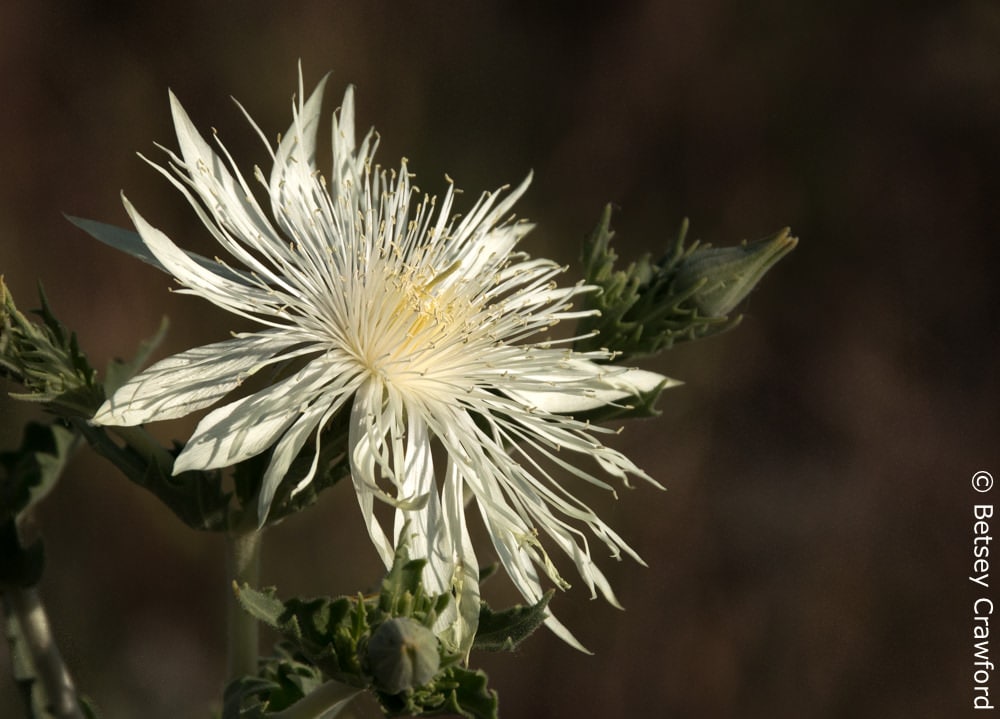
Everywhere means anywhere there is dirt: front and back yards, sidewalk strips and street medians, balcony pots and window boxes, school yards, business complexes, empty lots. Trees and shrubs can divide parking lots, line streets, surround playgrounds, and screen golf courses. Thriving ecosystems built on native plants can replace lifeless lawns. Everywhere there is dirt, there can be habitat for wildlife, beauty, pollution abatement, and climate mitigation.
When he organized his concerns into Homegrown National Park, he harnessed an army he knows is out there. There are an estimated 65 million gardeners in the U.S. Many are growing food, and most are not specializing in native plants. But we are all plant people.
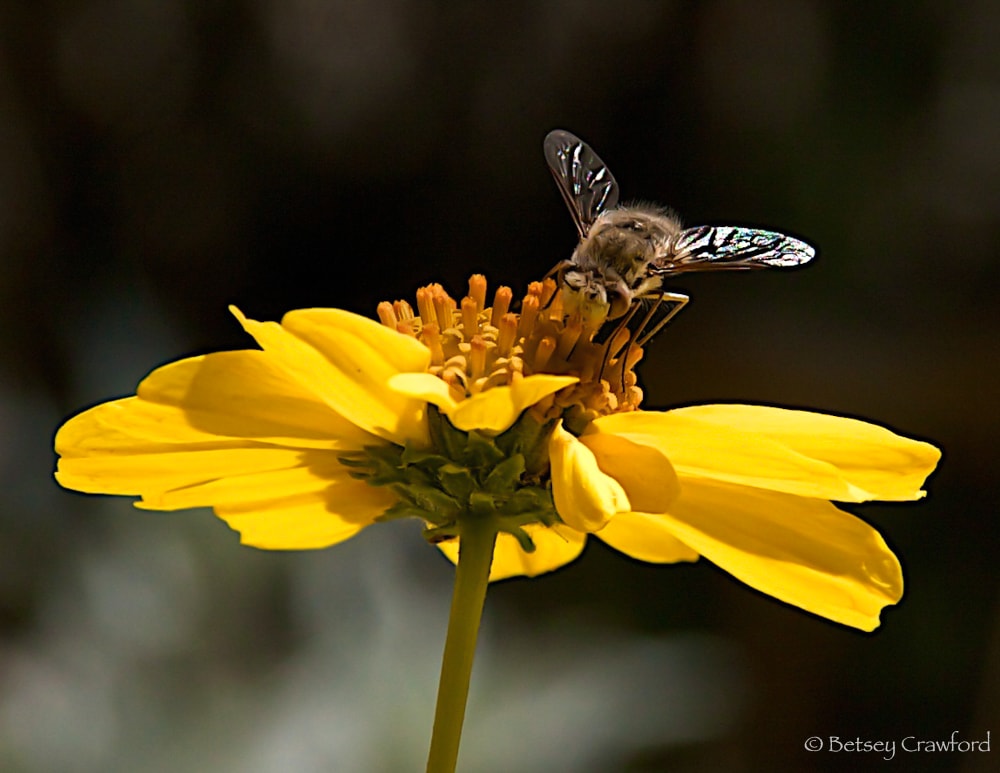
He is inviting us to consider our relationship with our land. To think deeply about how our plots can foster a healthier Earth. Instead of our current 40 million acres of lifeless lawns and regimented foundation shrubs, we can think of our gardens as ecological sanctuaries.
Isn’t land cut up into plots with houses, divided by streets, punctuated by malls and parking lots, lost to nature’s richness? There are parks and public land. They are repositories of plants, animals, rivers, landscapes, clean air and water that are the bulwark of biodiversity planetwide. They are also a source of joy and awe for the human spirit. Can’t we leave the job of protecting life to them?

The answer is no. There is not enough land set aside for the species richness we should aim for. We need to augment the ecological work our national parks are doing. Thus, the name Tallamy chose.
In the U.S., there are approximately 840 million acres of public land. Some is preserved as wilderness, some used for commercial purposes such as logging and grazing. Almost 40% of that public land is in Alaska alone, and the bulk of the rest lies from Colorado west. That makes it especially important to recreate habitat from the Midwest to the East Coast, but it matters everywhere.

It matters because insect populations are declining even in the heart of preserved areas. The rising global temperature is mixing up the signals that wildlife of all kinds rely on for information. They no longer have reliable cues about when, say, to emerge from hibernation, to send out a shoot, to begin to nest and breed. Insects, who don’t hold water in their bodies, can be devastated by even a few days of drought.
Why the emphasis on insects? They are, as biologist E.O. Wilson famously said, “the little things that run the natural world.” They are the base of the food web. The US has lost 3 billion birds since the 1970s. 2.9 billion depended on insects for food. Almost all baby birds need the protein of insects, even if, as adults, they rely on plant foods like berries. The population of birds that don’t depend on insects at all increased in the same time frame.

It’s simple — if we want to live on a planet full of fluttering wings and birdsong, we need a planet teeming with insects. The flowers and food we love depend on insects for pollination. Insects breaking down plant matter form the soil they grow in. All the larger animals gracing Earth need the smaller creatures they eat, all the way down the food chain to insects. A thriving, living Earth stands on insects’ tiny legs.
And they need the plants they evolved with. Plants produce toxins to protect themselves from too much predation. Over millions of years, local bugs have evolved enzymes to neutralize those toxins. When you introduce a plant that insects didn’t evolve with, the latter can’t eat those toxic leaves.
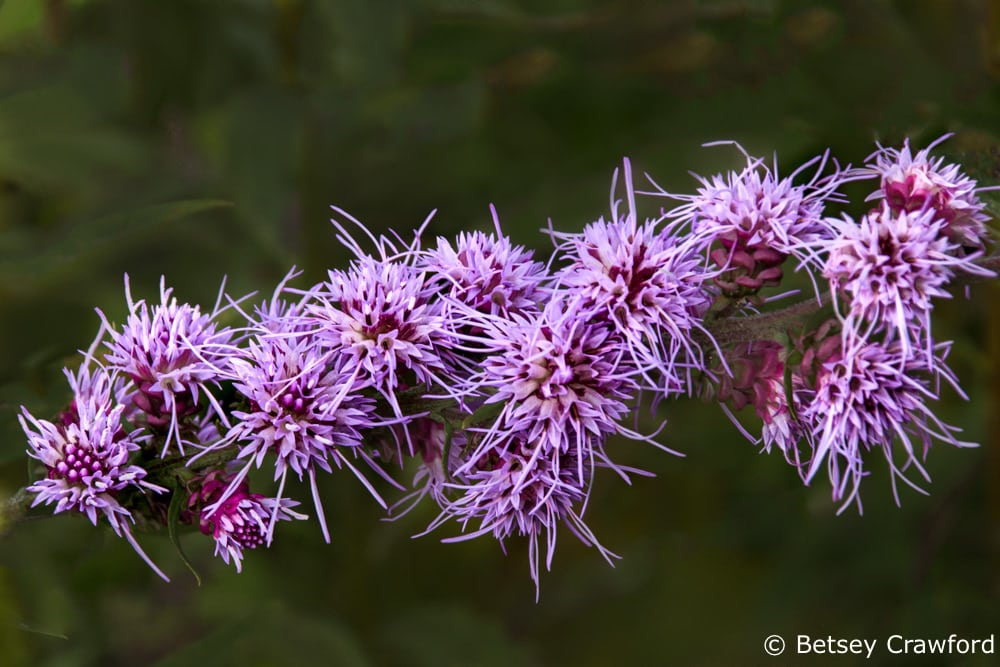
This may seem like a win for gardeners. But not feeding your insects means you’re not feeding birds, lizards, frogs, small mammals, and fish. You’re not allowing butterfly larvae to mature. You’ve cut off the entire food chain below the first rung.
Does planting a yard full of native plants really help? I visited a native plant garden once where the gardeners kept count. They hosted 46 species of birds, 12 species of butterflies, and over 200 species of insects in their small backyard. If all the homes in a neighborhood did something similar, it would form a greenbelt of food and nesting sources. Add on more neighborhoods taking the same approach, and you’re knitting together significant territory for wildlife.

So, you’re convinced! What next? The Homegrown National Park website makes it all possible. Most people are unaware of their ecoregion or the plants that are most suited to it. But I can click on How To and find mine, which is Mediterranean California.
If I lived a little farther north, it would be Marine West Coast California. If further inland, toward the mountains of the Sierra Nevada, it would be Western Cordillera. The southeast of the state is Warm Deserts.

The next step is to find my keystone species. These are the plants that support the most wildlife in any ecoregion, forming the backbone of the chain of life. I can choose the type of plant, so I click on shrub. In my neck of the woods, it turns out to be ceanothus, large, sturdy shrubs with handsome, dark green leaves. Their beautiful white to blue flowers open from buds that look like tiny origami.
If I lived in the mountains, my keystone trees would include Douglas fir and aspens. If in the desert, several species of willow. I lived most of my life in southern New York. There, the keystone plants would include pitch pines, highbush blueberry, and a variety of oaks.
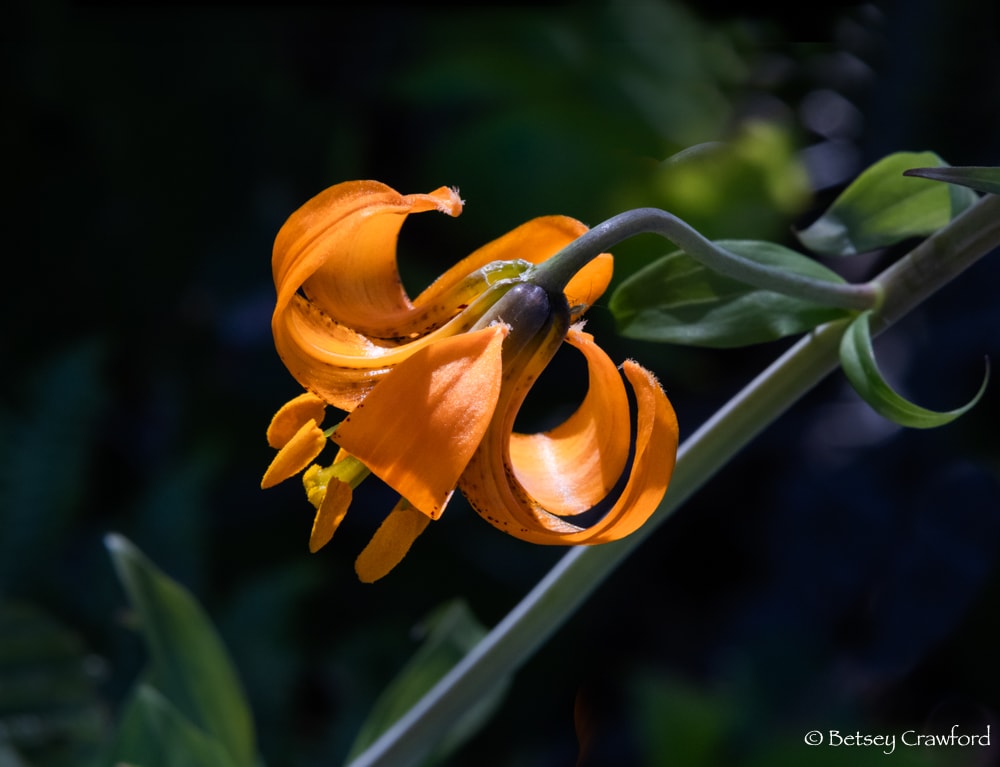
More clicks will get you the best shrubs and perennials for your area. The photos accompanying this essay are native flowering perennials chosen from several states.
Once I have my keystone and attendant species, I can turn to a page with native plant databases for various regions. There is a page with sources for seeds and plants, even plans and kits designed for different areas. Another page gives me local native plant nurseries. I can find out that planting 3 small trees, 10 shrubs, and 30 perennials will need 577 square feet of space.

I can also get suggestions for talking to neighbors and HOAs leery of untidiness, ticks, leaf litter, or weeds. Kids can get inspired by watching a series of videos on gardening for birds and bees. There’s a section with several talks Tallamy has given, and the opportunity to host an event with him as guest speaker. If I have specific questions, they have an email address to ask them.
So I’ve been inspired. Found out my region and the plants that belong to it. Got help planning and planting. Now I can put my garden on the map. There, I join over 45,500 homeowners and 300 organizations that are forming the movement. The organizations include schools, local governments, churches, farms, and community groups. There’s also a Facebook group to post photos, ask questions, and share successes and problems.
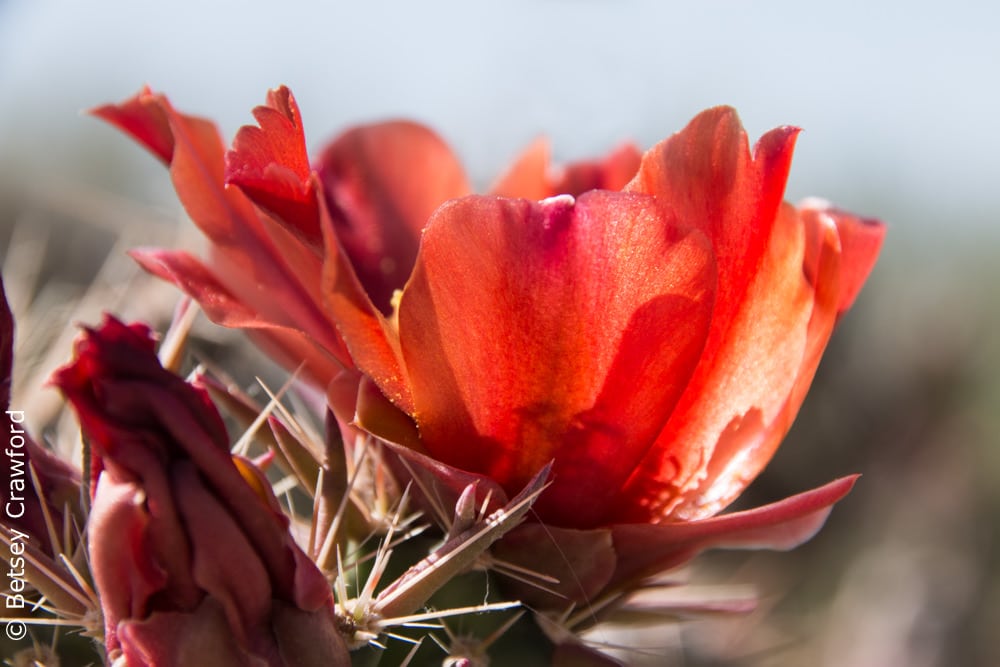
All you need is a shovel. The whole thing is brilliant and generous beyond measure. I have one quibble: the emphasis on preserving nature and natural areas for our human benefit. These are the ecosystem services of clean air and water, moderating temperature, soil stabilization. The fostering of wildlife, especially insects, to bolster the entire web of life.
Of course, these things are crucial, and they all work to keep the planet habitable for humans. But there is a larger view that has nothing to do with us. With infinite care, evolution has woven a web of interdependent beings to create the lush and beautiful planet we live on.

Earth has fostered and evolved all these amazing life forms not for our benefit, but for the thriving of the whole. When the whole prospers, we naturally benefit. Those who advocate for ecosystem services aim to convince people that it’s worth paying attention to these issues for our own well-being.
I’m all for any argument that moves people to create a greener, more livable planet. But I fear this one keeps the door open to the attitude that only what affects humans needs attention. The reality of a completely interdependent world means that everything affects everything else, even when the links are not readily visible.
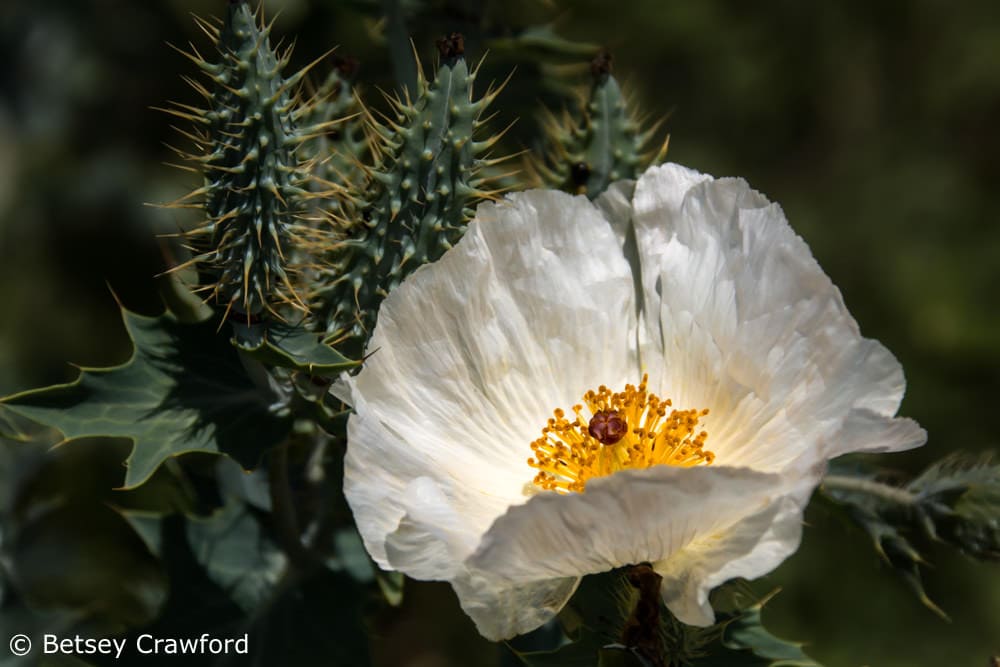
Although most people garden with beauty in mind, our landscapes are not only visual elements. We, and the land we garden or farm, are active participants in Earth’s life. We continue to evolve the living world through our gardens. Our choices matter if we want to rise to the call of protecting this vibrant planet. And now, the energy and genius of one committed man and the team he has gathered have made that much easier.

Top photo: Cloudless sulphur butterfly on butterfly weed (Asclepias tuberosa) in Missouri
~ RELATED POSTS ~

I think I’m addicted to a nearby forest. The combination of greens, glinting sunlight, and the spicy scent of bay leaves makes it irresistible. As we re-green our cities, let’s call it landscaping for happiness. There is science behind this pleasant idea, along with six million years of evolution.
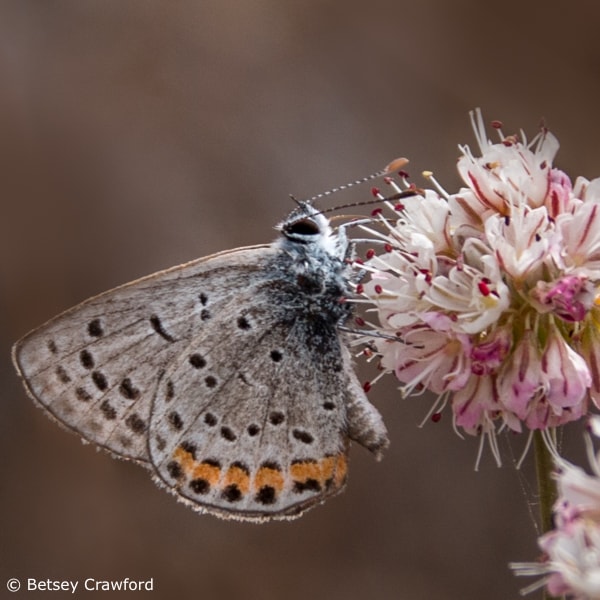
GARDENING TO SAVE HALF THE EARTH
It’s vitally important that we preserve, create, and connect local habitats wherever possible. As gardeners, all we need is a shovel and the right plants to foster biodiversity where we are.

GARDENING AS IF LIFE DEPENDS ON IT
What we do with our land, however small an area, matters not just to us, but to the life on Earth. We can foster healthy soil, water, and air. Most importantly, we can help save insects, birds, butterflies, and other living beings from extinction.
Your work is so beautiful. Thank you for sharing with the rest of the world.
Thank you so much, Carol!